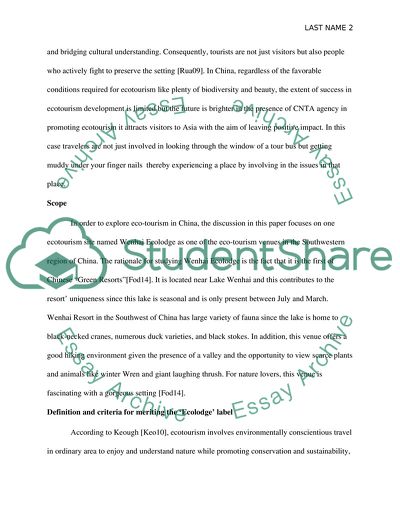Cite this document
(“MAJOR PROJECT Essay Example | Topics and Well Written Essays - 3000 words”, n.d.)
Retrieved from https://studentshare.org/english/1651211-major-project
Retrieved from https://studentshare.org/english/1651211-major-project
(MAJOR PROJECT Essay Example | Topics and Well Written Essays - 3000 Words)
https://studentshare.org/english/1651211-major-project.
https://studentshare.org/english/1651211-major-project.
“MAJOR PROJECT Essay Example | Topics and Well Written Essays - 3000 Words”, n.d. https://studentshare.org/english/1651211-major-project.


